Fantasia 2021, Part VII: Bull
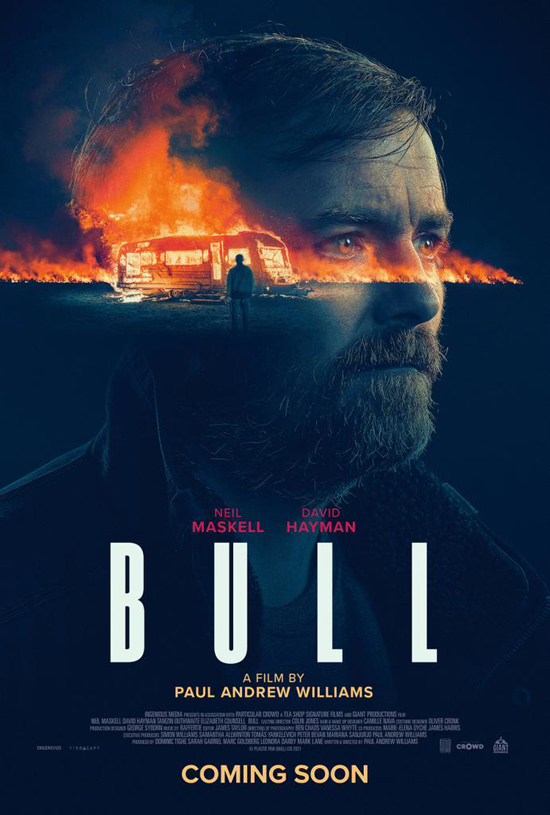 “A Piglet’s Tale” is a 12-minute dialogue-free animated short film written and directed by Fabrizio Gammardella. A co-production of the UK, France, and Italy, it starts out looking like a traditional heartwarming family cartoon, with lovely 2D artwork — flowing lines and watercolour backgrounds — and a story about a couple who struggle to have a child. They’re gifted with a birth, and find the child has a rare characteristic. And just as you think you have an idea of what kind of film this is and where it’s going, it takes an incredibly dark swerve, almost as baffling as it is disturbing. Title cards at the end explain: this is a film with a specific polemic purpose.
“A Piglet’s Tale” is a 12-minute dialogue-free animated short film written and directed by Fabrizio Gammardella. A co-production of the UK, France, and Italy, it starts out looking like a traditional heartwarming family cartoon, with lovely 2D artwork — flowing lines and watercolour backgrounds — and a story about a couple who struggle to have a child. They’re gifted with a birth, and find the child has a rare characteristic. And just as you think you have an idea of what kind of film this is and where it’s going, it takes an incredibly dark swerve, almost as baffling as it is disturbing. Title cards at the end explain: this is a film with a specific polemic purpose.
It’s a purpose I broadly agree with, but I wonder if the film succeeds in supporting its cause. There’s no doubt about the craft involved; the story’s told not only well but in exactly the kid’s-movie style that needs to be caught in order for the short to be effective. In particular, hints at foreshadowing turn out to be feints, an effective touch. But at the same time this means there’s a randomness to events at the end, which risks coming from too far out of nowhere. Ultimately I think the film succeeds, as the randomness can be seen to reflect the experience of (not to be too specific) those whom the film is about in the real world. It’s certainly powerful; the stunned feeling I was left with certainly wasn’t entirely bafflement. It’s a strong movie, and despite early appearances, not for kids.
Bundled with “A Piglet’s Tale” was the feature film Bull, written and directed by Paul Andrew Williams. Ten years ago, Bull (Neil Maskell) was a legbreaker for Norm (David Hayman), the head of a criminal family in a small English town. Then he vanished, betrayed by Norm’s gang. Now he’s back, looking for his ex-wife Gemma (Lois Brabin-Platt), Norm’s daughter. Bound up with that quest is revenge for what happened ten years ago. The movie tells its story along two tracks, one in the present and one in flashbacks showing what led to Bull’s betrayal, and it all builds to a climax where we see and understand his vengeance — and are left with a final harrowing twist.
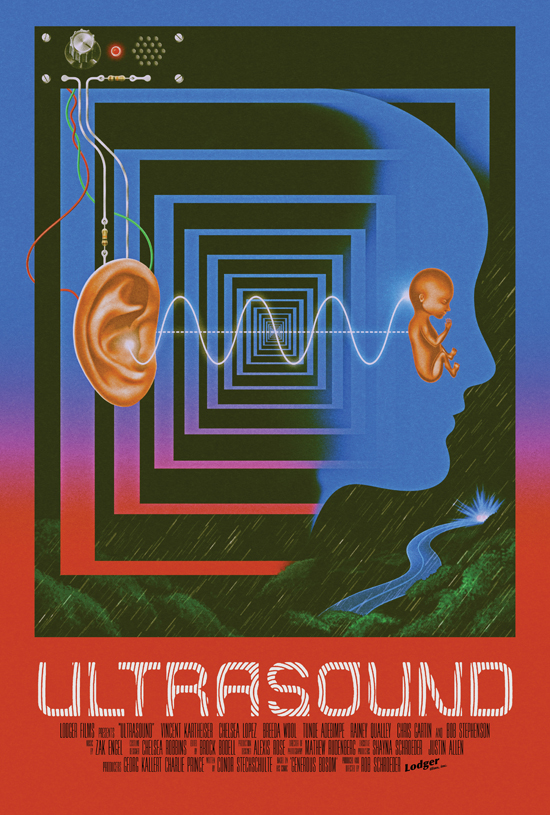 I started the second day of Fantasia with another feature and short film bundled together. The 14-minute short was the Catalan-language “Solution For Sadness” (“Solució per a la tristesa”), a collaboration between the husband-and wife-team of co-directors Marc Martínez Jordán (also the writer) and Tuixén Benet (also the star). Benet plays a woman who lives alone and battles intense depression; one day a box arrives that promises a cure in the form of a gorilla mask. But is it really a solution, or is it a cruel trick? The short has a lot to say about masks and what people are prepared to see, and the narration makes the storytelling work — it moves quickly, and there’s a dry yet heartfelt tone that’s quite affecting. The conclusion’s surprisingly empathic, and I found an ending that might have felt simple instead stuck with me after the film ended.
I started the second day of Fantasia with another feature and short film bundled together. The 14-minute short was the Catalan-language “Solution For Sadness” (“Solució per a la tristesa”), a collaboration between the husband-and wife-team of co-directors Marc Martínez Jordán (also the writer) and Tuixén Benet (also the star). Benet plays a woman who lives alone and battles intense depression; one day a box arrives that promises a cure in the form of a gorilla mask. But is it really a solution, or is it a cruel trick? The short has a lot to say about masks and what people are prepared to see, and the narration makes the storytelling work — it moves quickly, and there’s a dry yet heartfelt tone that’s quite affecting. The conclusion’s surprisingly empathic, and I found an ending that might have felt simple instead stuck with me after the film ended.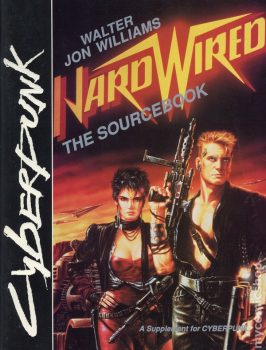
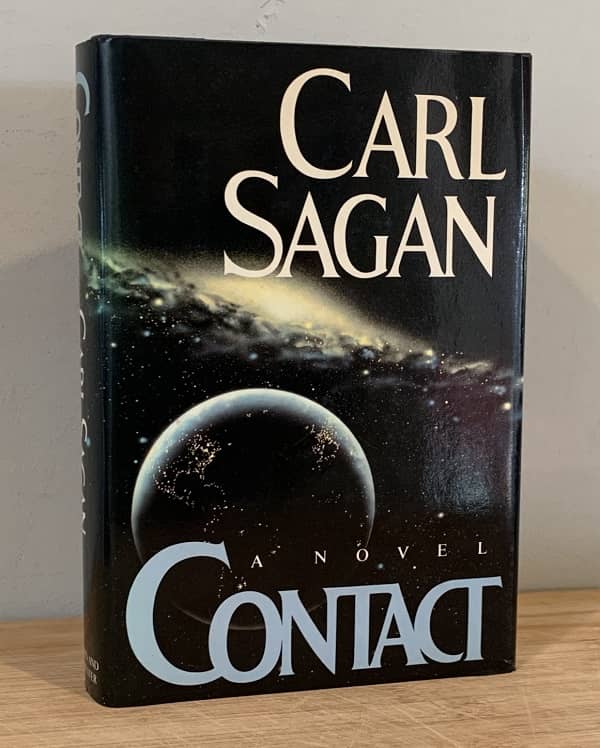
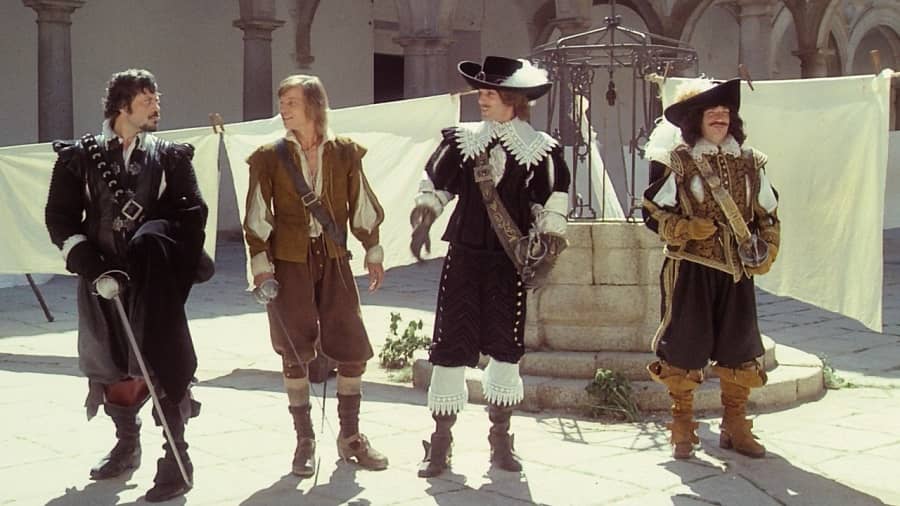
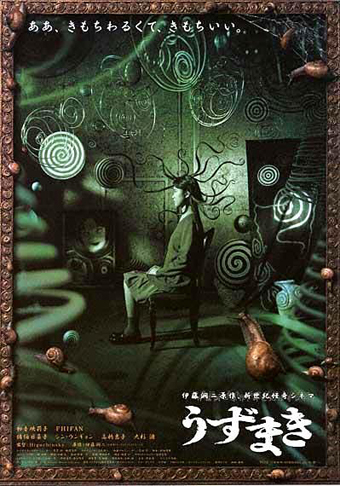 Most of the films at Fantasia 2021 were new, but some were time-honoured works given a screening either because of a new restoration or because they played the festival in the past and were brought back to celebrate Fantasia’s 25th anniversary. Uzumaki (うずまき, literally “Spiral”), from the year 2000, is a case of both — it has a new 4K restoration, and it played Fantasia in 2000. The film’s an adaptation of the manga by Junji Ito, though since it was made while the manga was still ongoing it’s an adaptation that had to find its own answers for some of the questions the text hadn’t resolved at the time of production. Directed by Higuchinsky, AKA Akihiro Higuchi, with a screenplay by Takao Niita, the movie came two years after Ringu (the original version of The Ring) and the same year as the first straight-to-video Ju-On film. It’s one of the early examples of J-horror, then, but sub-genre aside it’s something interesting to consider in its own right.
Most of the films at Fantasia 2021 were new, but some were time-honoured works given a screening either because of a new restoration or because they played the festival in the past and were brought back to celebrate Fantasia’s 25th anniversary. Uzumaki (うずまき, literally “Spiral”), from the year 2000, is a case of both — it has a new 4K restoration, and it played Fantasia in 2000. The film’s an adaptation of the manga by Junji Ito, though since it was made while the manga was still ongoing it’s an adaptation that had to find its own answers for some of the questions the text hadn’t resolved at the time of production. Directed by Higuchinsky, AKA Akihiro Higuchi, with a screenplay by Takao Niita, the movie came two years after Ringu (the original version of The Ring) and the same year as the first straight-to-video Ju-On film. It’s one of the early examples of J-horror, then, but sub-genre aside it’s something interesting to consider in its own right. The second feature film I planned to see at Fantasia 2021 came bundled with an eight-minute short by a familiar name. That short was “Let’s Fall In Love,” written and directed by Shengwei Zhou, whose odd stop-motion feature S He
The second feature film I planned to see at Fantasia 2021 came bundled with an eight-minute short by a familiar name. That short was “Let’s Fall In Love,” written and directed by Shengwei Zhou, whose odd stop-motion feature S He 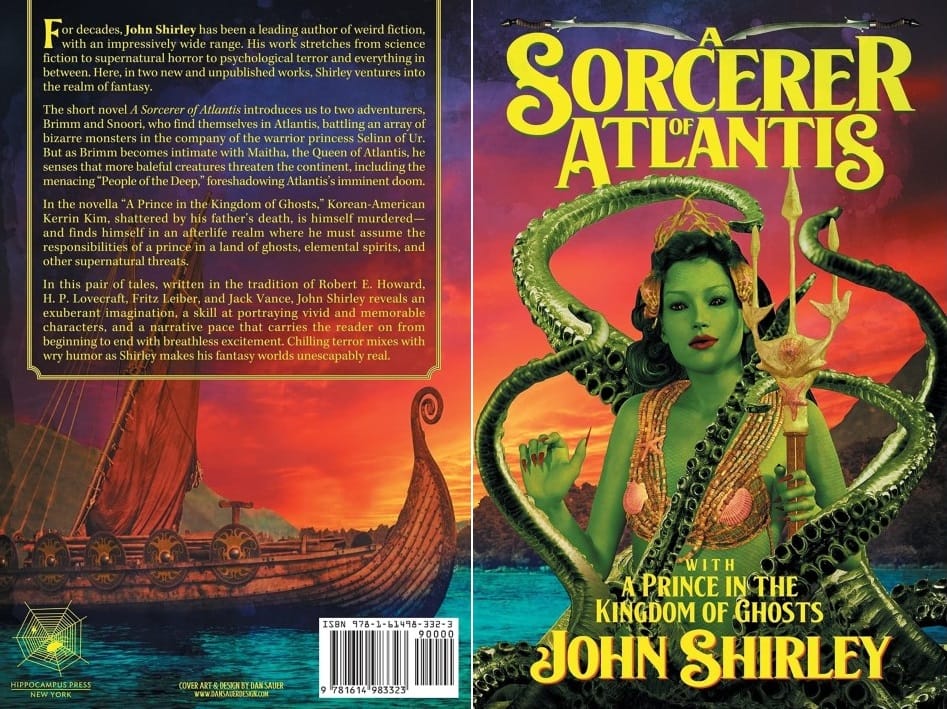
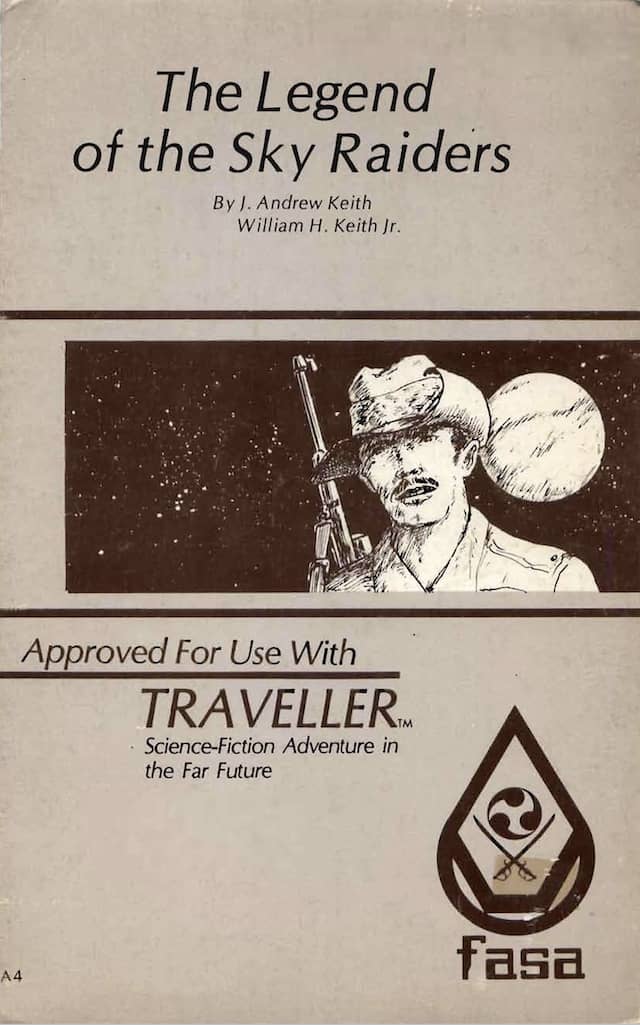
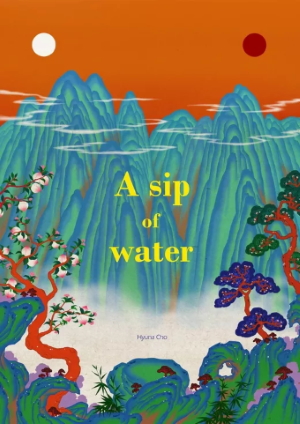 Among the pleasures of the Fantasia Film Festival are the showcases of short films. Some of these feature-length collections get a new iteration every year, while some come and go depending on what’s submitted to the festival. Fantasia’s programmers have a great sense of how to group shorts together, meaning not only are the annual showcases reliably strong work, but new themes are bound to present work of major interest as well. So one of the things that intrigued me the most when I first saw Fantasia’s 2021 schedule was Radical Spirits, a collection of six short films about (broadly speaking) traditional ways of being and traditional spiritual paths. I decided to make it my second viewing of the festival.
Among the pleasures of the Fantasia Film Festival are the showcases of short films. Some of these feature-length collections get a new iteration every year, while some come and go depending on what’s submitted to the festival. Fantasia’s programmers have a great sense of how to group shorts together, meaning not only are the annual showcases reliably strong work, but new themes are bound to present work of major interest as well. So one of the things that intrigued me the most when I first saw Fantasia’s 2021 schedule was Radical Spirits, a collection of six short films about (broadly speaking) traditional ways of being and traditional spiritual paths. I decided to make it my second viewing of the festival.